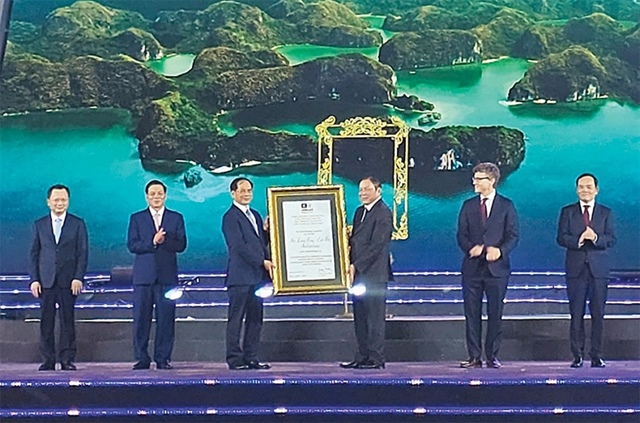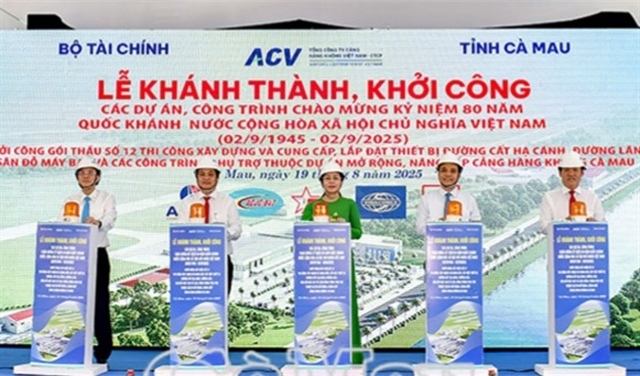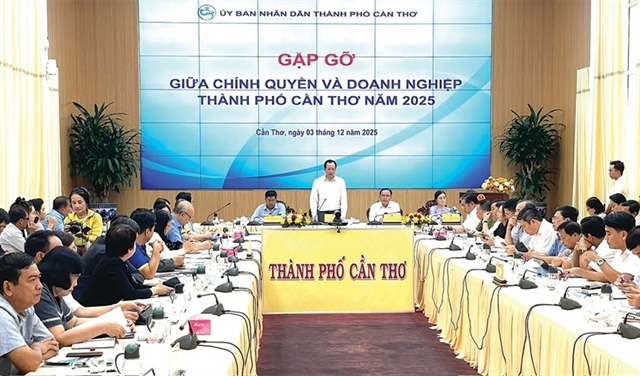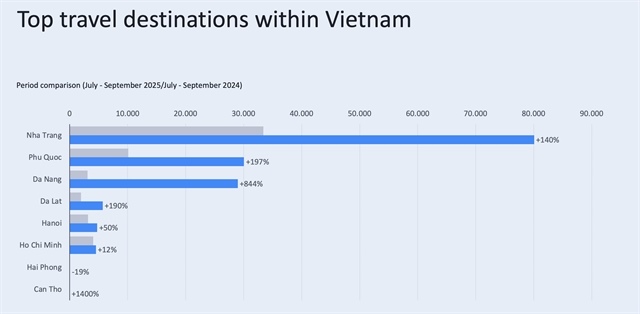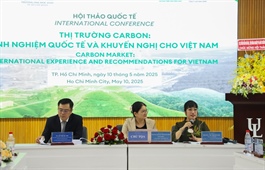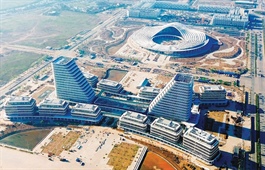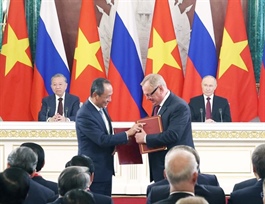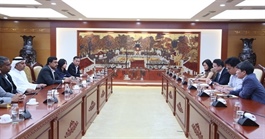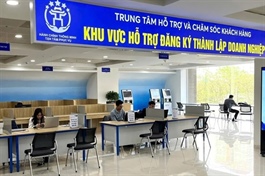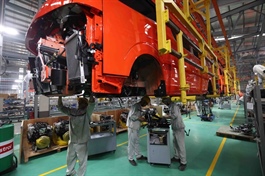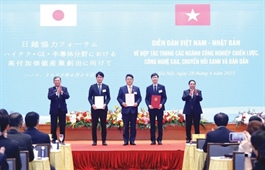Haiphong’s thrust to go green and digital
Haiphong’s thrust to go green and digital
Haiphong is accelerating its shift towards a green and digital economy by combining high-tech industrial development with environmental sustainability.
Since early 2025, the northern coastal city of Haiphong has intensified its green development initiatives, aligning with the city’s ambition. In March, for example, Haiphong Economic Zones Management Authority hosted a workshop on green transformation in industrial zones (IZs), focusing on sustainable development, circular economy, and carbon traceability.
|
At the start of the year, Haiphong issued a green growth action plan towards 2030, with a vision towards 2050, which reinforces the city’s role as a leading force in Vietnam’s sustainable development journey. Approved by Haiphong People’s Committee, the plan serves as both a roadmap for greener economic and social progress and a commitment to environmental protection and climate resilience.
In general, the city has directed and coordinated efforts with businesses to reduce greenhouse gas emissions, green its economic sectors and lifestyle, and encourage sustainable consumption grounded in equity, inclusiveness, and resilience.
A pilot transforming traditional IZs into eco-industrial parks is already underway at DEEP C and Nam Cau Kien, aiming for circular economy practices, efficient resource use, cost savings, and better public health and environmental outcomes.
Major manufacturers such as VinFast, LG, Pegatron, and USI exemplify this transition, integrating renewable energy, recycling initiatives, and strict waste control into operations. This signals a shift in foreign investment inflows towards clean, green, and smart production models aligned with global standards.
Haiphong’s IZs now boast environmental infrastructure that meets international benchmarks, while the city is also promoting investment in renewable energy sources such as wind and rooftop solar power, alongside cleaner production technologies.
Meanwhile, Haiphong is studying an offshore wind power venture near Bach Long Vi Island with a planned capacity of 3,000MW, targeting long-term green electricity needs for local industries.
The venture, near Bach Long Vi Island, is currently in the pre-development phase. According to reports, the first phase of the project is anticipated to begin operations by 2029.
In late 2021 the city launched a strategic vision for stronger economic development, in which digital transformation and the digital economy would become core growth drivers. In 2024, the digital economy accounted for 29.7 per cent of the city’s regional GDP, surpassing the 25 per cent target.
Haiphong currently hosts nearly 1,000 digital tech companies and around 9,000 small- and medium-sized enterprises that leverage digital platforms.
In 2025, the city’s development theme is focused on expanding economic space, improving policies, and encouraging the green and digital transformation. To support this, Haiphong is mobilising resources to compete in the green transition race.
Key to this strategy is attracting digital technology firms into its IZs and economic zones, with the digital economy expected to contribute 40 per cent of regional GDP by 2030.
According to Le Trung Kien, head of Haiphong Economic Zones Management Authority, the city is prioritising the development of specialised IZs for semiconductors, chip manufacturing, mechanical engineering, electronics, renewable energy, green logistics, and green ports, all tied to digital transformation.
“The move to green digital transformation and smart IZs is designed to enhance Haiphong’s competitive edge, making it a magnet for next-generation Industry 4.0 investors,” Kien said. “These zones will be equipped with green infrastructure- renewable electricity, clean water, and waste treatment systems, as well as digital infrastructure including data management, transmission networks, and smart digital solutions.”
This model will also be applied in the upcoming Haiphong Southern Coastal Economic Zone, set to become Vietnam’s first such green zone, integrating principles of the circular economy, digital economy, industrial symbiosis, and supply chain integration.
By 2050, Haiphong aims to host 25 IZs spanning well over 15,000 hectares. Green digital transformation within these zones will be critical to the city’s sustainable development, helping maintain its momentum in foreign funding attraction and digital competitiveness. In the coming period, the city will roll out broad initiatives and action plans to foster digital transformation, allocating resources to achieve key objectives set by the country last year.
- 08:00 13/05/2025


